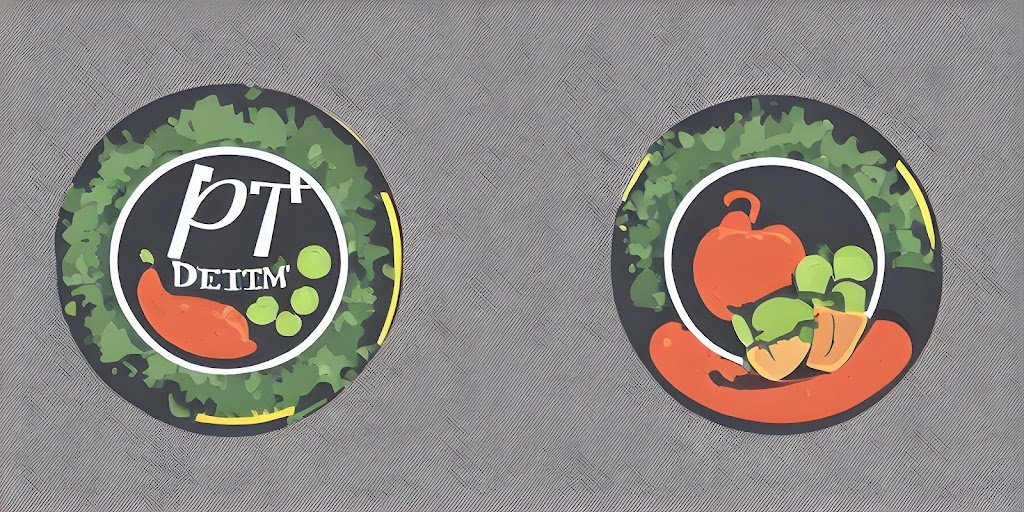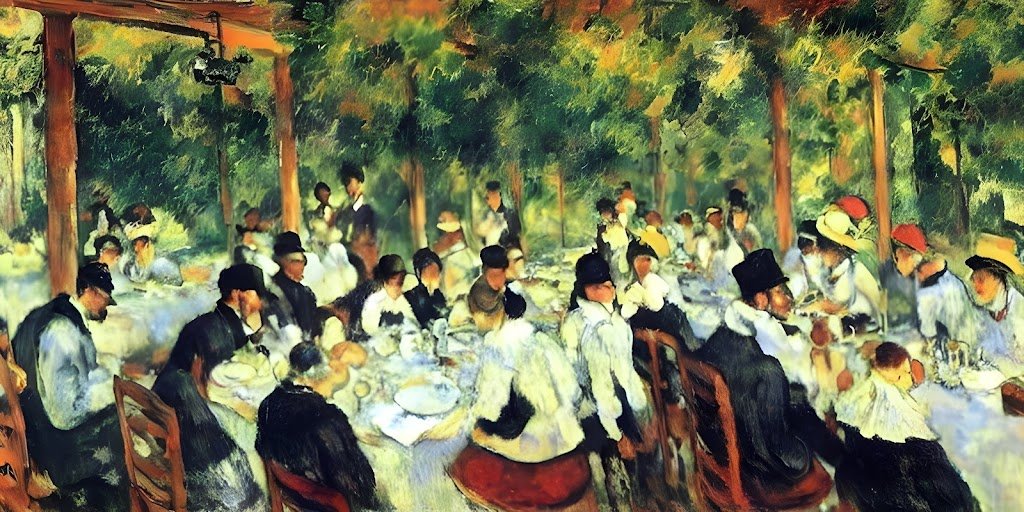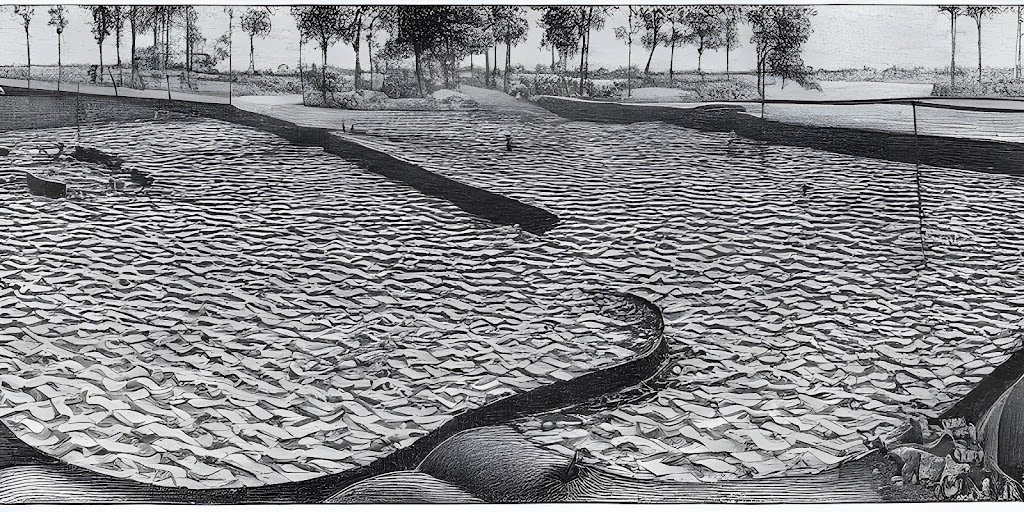The diet problem is a classic linear programming problem that aims to find the optimal combination of foods to satisfy a set of nutritional requirements while minimizing the cost. The problem can be formulated as follows:
Objective:
Minimize the cost of the selected foods.
Subject to:
- The amount of each nutrient consumed through the selected foods must be greater than or equal to the minimum requirement for that nutrient.
- The amount of each nutrient consumed through the selected foods must be less than or equal to the maximum allowable intake for that nutrient.
- The total amount of food selected must not exceed a certain limit.
In mathematical terms, let ci be the cost per unit of food i and nj be the amount of nutrient j provided by one unit of food i. Let xi be the number of units of food i selected. Then we can formulate the problem as follows:
Objective:
Minimize ∑(ci * xi)
Subject to:
- ∑(ni,j * xi) ≥ bj for all j (minimum requirement constraint)
- ∑(ni,j * xi) ≤ aj for all j (maximum intake constraint)
- ∑(ci * xi) ≤ budget (cost constraint)
In this formulation, the first two constraints ensure that the selected foods meet the minimum and maximum nutrient requirements, respectively. The third constraint ensures that the total cost of the selected foods does not exceed the budget. The problem can be solved using linear programming algorithms to find the optimal combination of foods that meet the nutritional requirements at the lowest cost.
Here's an example code using the PuLP library in Python to solve the diet problem.
from pulp import *
# Create a new LP problem
prob = LpProblem("DietProblem", LpMinimize)
# Create a list of food items
foods = ['Food 1', 'Food 2', 'Food 3', 'Food 4', 'Food 5']
# Create a dictionary of cost per unit for each food item
costs = {'Food 1': 1.5, 'Food 2': 2.0, 'Food 3': 2.5, 'Food 4': 1.0, 'Food 5': 1.8}
# Create a dictionary of nutrient amounts per unit for each food item
nutrients = {'Food 1': {'protein': 3.0, 'fat': 2.0, 'carbs': 5.0},
'Food 2': {'protein': 5.0, 'fat': 3.0, 'carbs': 4.0},
'Food 3': {'protein': 2.0, 'fat': 1.0, 'carbs': 4.0},
'Food 4': {'protein': 1.0, 'fat': 1.5, 'carbs': 3.0},
'Food 5': {'protein': 3.0, 'fat': 2.0, 'carbs': 2.0}}
# Define the decision variables
x = LpVariable.dicts('x', foods, lowBound=0, cat=LpContinuous)
# Define the objective function
prob += lpSum([costs[f] * x[f] for f in foods])
# Define the nutrient constraints
prob += lpSum([nutrients[f]['protein'] * x[f] for f in foods]) >= 10.0, "protein_minimum"
prob += lpSum([nutrients[f]['fat'] * x[f] for f in foods]) >= 5.0, "fat_minimum"
prob += lpSum([nutrients[f]['carbs'] * x[f] for f in foods]) >= 20.0, "carbs_minimum"
prob += lpSum([nutrients[f]['protein'] * x[f] for f in foods]) <= 15.0, "protein_maximum"
prob += lpSum([nutrients[f]['fat'] * x[f] for f in foods]) <= 10.0, "fat_maximum"
prob += lpSum([nutrients[f]['carbs'] * x[f] for f in foods]) <= 25.0, "carbs_maximum"
# Define the cost constraint
prob += lpSum([costs[f] * x[f] for f in foods]) <= 10.0, "budget"
# Solve the problem
prob.solve()
# Print the status of the solution
print("Status:", LpStatus[prob.status])
# Print the optimal diet
for f in foods:
print(f, "=", value(x[f]))
# Print the total cost of the optimal diet
print("Total cost = $", value(prob.objective))In this example code, we define a list of food items, a dictionary of cost per unit for each food item, and a dictionary of nutrient amounts per unit for each food item. We then define the decision variables, the objective function (to minimize the cost), the nutrient constraints, and the cost constraint. Finally, we solve the problem


